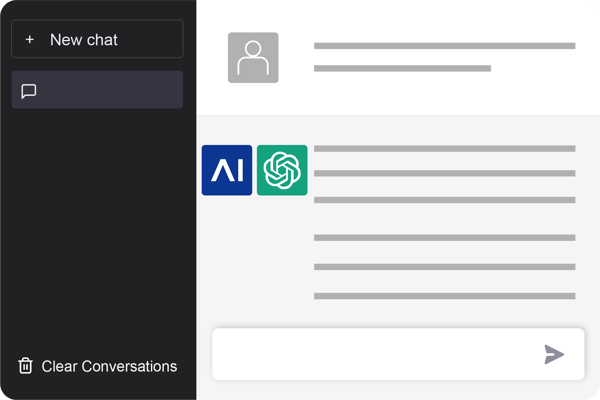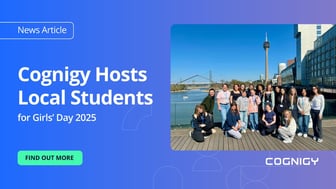Customer experience (CX) has emerged as the single most crucial aspect of a buyer’s journey in 2020. By that measure, a call center has the potential to act as the first line of defense in building up and maintaining your brand image. When a caller dials in, the customer support team is expected to address the query or inquiry at the first instance and do so comprehensively and quickly.
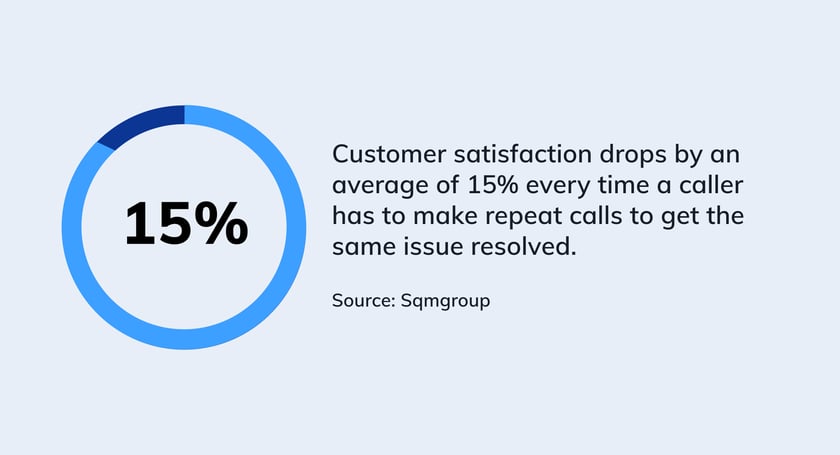
That’s why first call resolution (FCR) is considered the most crucial KPI to track for assessing the effectiveness of your call center operations. It can single-handedly drive up the performance of other crucial metrics such as customer satisfaction (CAST), customer effort score (CES), and net promoter score (NPS). Translating into better CX, which is the backbone of any business’ success in today’s times.
When optimizing FCR, businesses must be mindful of the fact that success is not measured by the complexity of problems resolved but the ability to resolve problems or address queries successfully, call after call. In turn, restoring the caller’s confidence in your brand.
With that in mind, this blog takes a deep look into the business impact of effective first call resolution and the ways to optimize it.
Business impact of effective First Call Resolution
Anyone who runs call center operations is well-versed with what first call resolution is. It’s a metric used to assess a business’ ability to resolve caller queries, inquiries, or requests in the very first instance. It has emerged as one of the most crucial KPIs to be tracked, monitored, and continually improved upon. Here’s why:
1. Customer experience
This is crucial as there is a strong correlation between first call resolution and caller satisfaction. Inversely, this means that losing an existing customer to subpar support services can cost you both money and time.
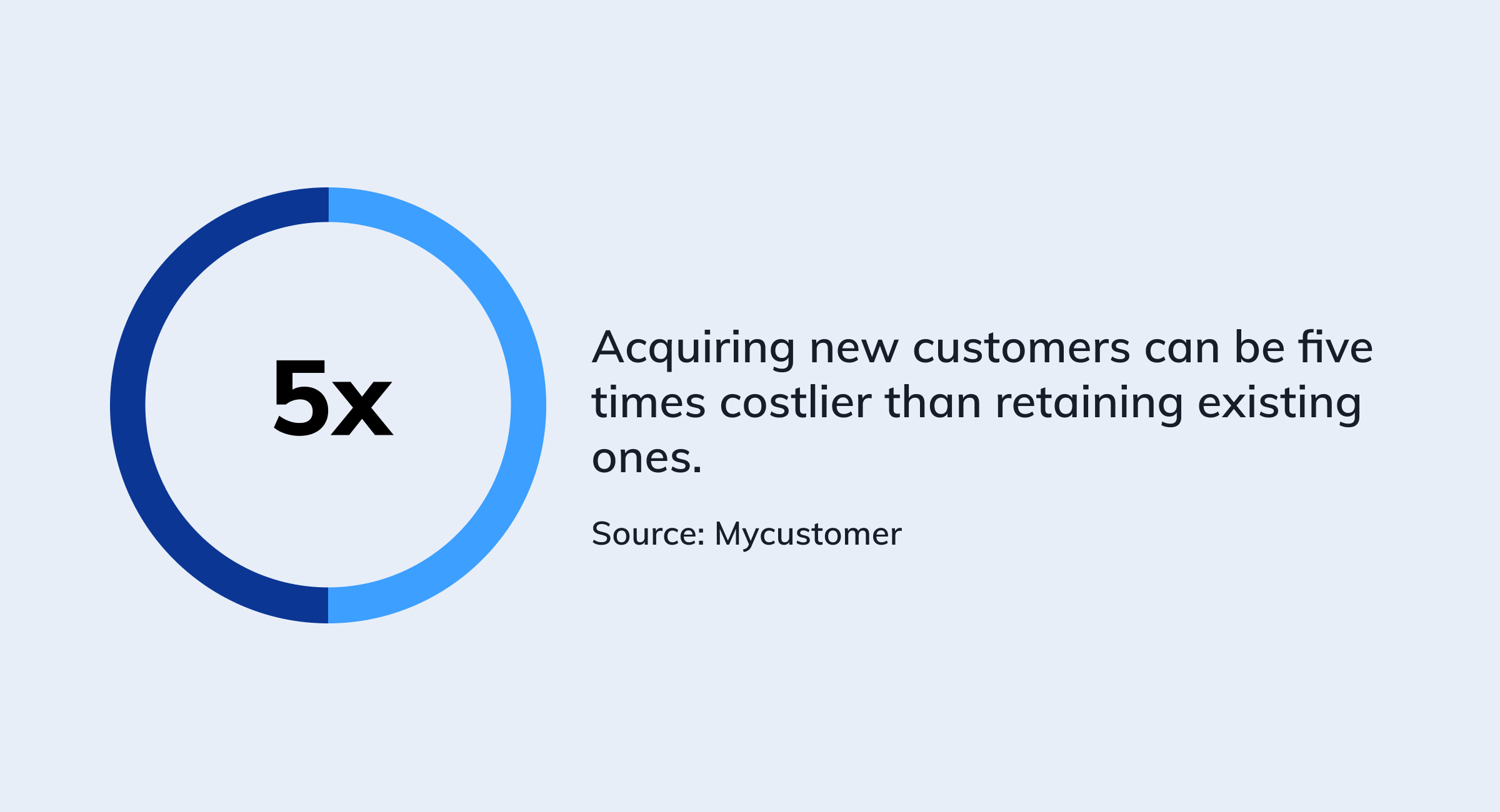
In a world where everyone with a social media handle has a sizeable outreach, a dissatisfying support experience can create a ripple effect with people spreading the word about it with a single click of a button.
Such statistics indicate that making communication between your callers and support agents seamless, clear, and concise the first time around is crucial.
2. Operational costs
The business impact of effective first call resolution extends far beyond customer experience. A high FCR automatically translates into low operational costs.
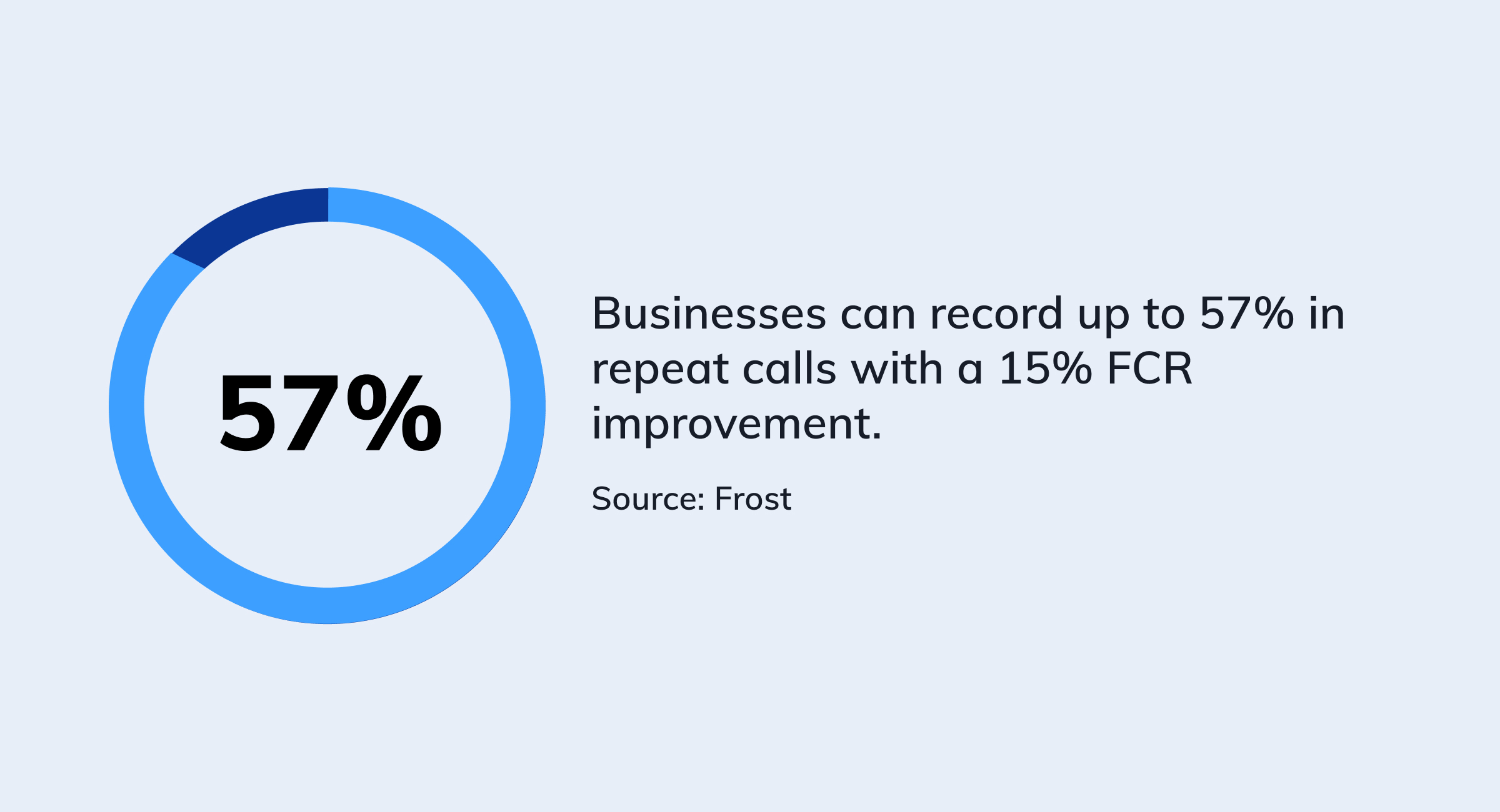
When the caller’s issues are resolved in the first instance, the call volume will naturally go down. Ultimately, adding to your bottom line.
3. Customer retention
Besides, getting the first call resolution formula right also helps plug the gaps that make customer churn possible.
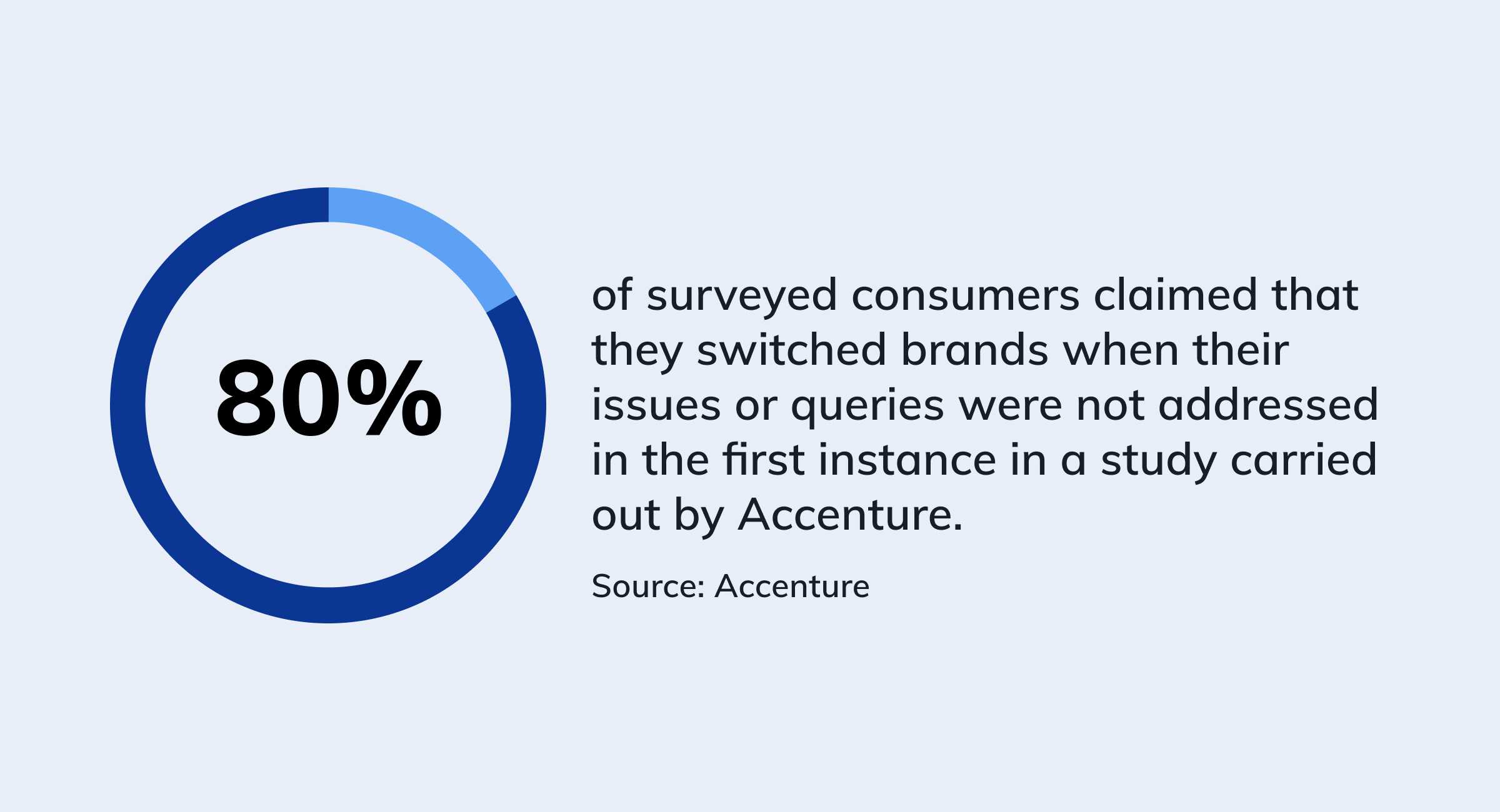
Today’s consumer doesn’t have the patience or need to stick around, waiting for a business to address their needs. When your support center is unable to meet their expectations, it creates frustration, prompting the decision to look for alternatives. Of which, there is an abundance.
How to improve First Call Resolution rates with Conversational AI
Fast and comprehensive resolution of caller queries or inquiries is often considered a monumental feat to achieve. However, it’s not really that far-fetched a possibility when you have advanced tech tools like Conversational AI at your disposal. The growing significance of AI in improving customer experience can be gauged from the following fact.
Why not explore how AI can be leveraged to enhance the experience of your callers vis-à-vis FCR? Here are 10 first call resolution tips with which this technology can become a game-changer in your customer support operations:
1. Eliminate the wait
Chatbots and virtual agents can be effectively deployed to eliminate the wait time for your callers. This works in two ways. First, Conversational AI can be trained to handle queries and inquiries that are repetitive or generic, freeing up your live agent’s time. This, in turn, allows them to focus on and handle more complex queries with greater efficiency.
Besides, a virtual agent with NLP capabilities can understand the callers’ questions, and assist the agents in resolving caller queries swiftly and accurately. This means your callers won’t have to spend their time queued up and waiting to speak to a live agent even during the busiest hours.
2. Reduce customer effort
The ease of getting in touch with a support service can significantly contribute to uplifting CX. That’s why it features as one of the crucial KPIs that call centers track in some form or the other.
Using Conversational AI, along with automation and analytics, can cut back on callers having to jump through the hoops to get the assistance they need. These tech tools can understand the nature of a query with precision, creating a symbiotic human and Artificial Intelligence equation that makes contact resolution fast and easy. With the help of a Conversational AI platform, the call resolution process can be expedited through virtual agents’ ability to understand the caller’s intent and emotions and not just the nature of the query. These agents or bots can also play a key role in reducing customer effort by resolving issues autonomously, besides providing cues, notifications, alerts in real-time as well as empowering consumer’s self-service journey by giving them access to the relevant knowledge base.
3. Strengthen self-service model
The self-service model of customer support is gaining traction across industry verticals. And for good reason. Empowering customers with the necessary tools for resolving their queries frees up the customer support staff. These support agents can then concentrate on handling more complex inquiries that callers haven’t been able to resolve on their own.
Conversational AI as well as AI-driven chatbots, automated callback functionalities serve as the bedrock of the self-service model. Its role cannot be overlooked in first call resolution best practices for improving efficiency.
4. Analyze caller behavior to anticipate needs
The first call resolution formula for success is to know and understand your callers. The better you know callers and their reasons to seek support, the better equipped you will be to pre-empt their needs and address them in the first call. The data-gathering abilities of a Conversational AI setup can make this process painless and streamlined.
When a virtual agent or bot interacts with your callers, they store all the data from the conversation in your system. This data can then be used to create customer profiles, understand demographics, or define group characteristics.
This segmentation can also help your live agents understand queries of which callers queries have a better chance at being resolved at first contact.
5. Gather in-depth caller information
The more a live agent knows about the caller or the nature of their query, the better equipped they will be to resolve it in the first instance to the caller’s satisfaction. Since virtual agents or bots become the first point of contact between a caller and a business’ support services, they play an important role in gathering in-depth caller information.
Whether it is a chatbot that a customer is interacting with or a virtual voice agent, these can be trained to ask the right questions that can help a live agent get to the root of the issue. Since the agent can access all of this information while handling a call, callers don’t have to repeat themselves several times over to get the answers they need.
6. Maintain comprehensive caller history
One of the most crucial first call resolution tips is to maintain a comprehensive caller history at all times. When your agents can access a caller’s past interactions with your business before taking on a call, they will naturally be in a better position to address their needs and meet their expectations.
Coupled with Conversational AI’s data gathering abilities, a CRM that can store this valuable information and create a centralized repository, is also an essential element of successful first call resolution. A progressive call center CRM should display a caller’s name, phone number, email, along with service history, to an agent instantly to facilitate first call resolution.
7. Train agents well
You may adopt omnichannel support tools, invest in a Conversational AI-powered call center software, among other first call resolution best practices, but these are meaningless unless your agents are trained to use them effectively. When agents are not equipped to handle the resources available at their disposal, even the most robust call center setup can fail to optimize FCR.
The first step toward eliminating this potential hazard is to ensure that agent training includes best practices for call handling. You must also simultaneously build a knowledge base that your agents can access to answer the caller’s questions.
8. Empower agents by automating tasks
First call resolution can also be hampered by systems and software that are not upgraded periodically. A Conversational AI-powered system that automates the process of integrated updates can dramatically boost FCR rates. Automating tasks such as updating call logs, call information, and database of new tickets and closed queries can give agents more time to focus on what matters most – resolving callers’ queries and complaints.
Besides, when your system is up-to-date with the latest information, it can help live and virtual agents address callers’ needs more accurately and efficiently.
9. Leverage intelligent call routing
Callers don’t typically mind their calls being transferred once in the query resolution journey. It’s being made to go from agent to agent, department to department, without a clear resolution in sight that frustrates them. This can be effectively countered with Intelligent Call Routing (ICR) systems. You can begin by categorizing your agents based on their expertise, skills, and department. Based on the preliminary information gathered by a virtual agent and the customer profiles you’ve created, the ICR system can generate tags for every caller and match them with the agent best equipped to handle their query.
When a caller is directed straight to the agent most qualified to address their needs, the chances of the query not being resolved at the first instance are few and far between. That’s why ICR is a key ingredient of a successful first call resolution formula.
10. Continually optimize support structure
Revising your call center operations once to implement first call resolution best practices isn’t enough. Neither is adopting the most advanced Conversational AI-based systems complete with virtual agents, omnichannel presence, ICR, speech analytics – the works. A good FCR rate is a work in progress.
You must use all of these elements to understand what your callers want. Then, identify the strengths and shortcomings of your call center operations vis-à-vis caller needs and expectations. With this understanding, you can continue to tweak, change, and optimize different elements of your support structure as and when needed.
How Conversational AI can successfully improve FCR
Conversational AI-powered virtual assistants and bots—complete with NLP and speech analytics functionalities—can weed out the stumbling blocks that hinder effective first call resolution. Not only do they make the caller’s journey in seeking support easier and more seamless but also assist agents in performing their jobs with greater precision and accuracy.
It also helps call center management to eliminate information silos and put together a knowledge bank that can be seamlessly accessed by anyone on the support team with a single click, making every agent an expert on the subject matter at hand. This goes a long way in boosting FCR by reducing average handling time, eliminating unnecessary transfers, and reducing caller effort.
So, what's the next step?
If you've been struggling with your first call resolution rates in your call center, then Cognigy.AI is the best customer service automation platform to help you improve. Picking the ideal action points to bring about tangible changes can make all the difference. After all, it is the small efforts that add up to big results.
Need more clarity about how Conversational AI-driven call center management can transform outcomes? Book a free demo with us so we can show you how it's done.

.png?width=60&height=60&name=AI%20Copilot%20logo%20(mega%20menu).png)



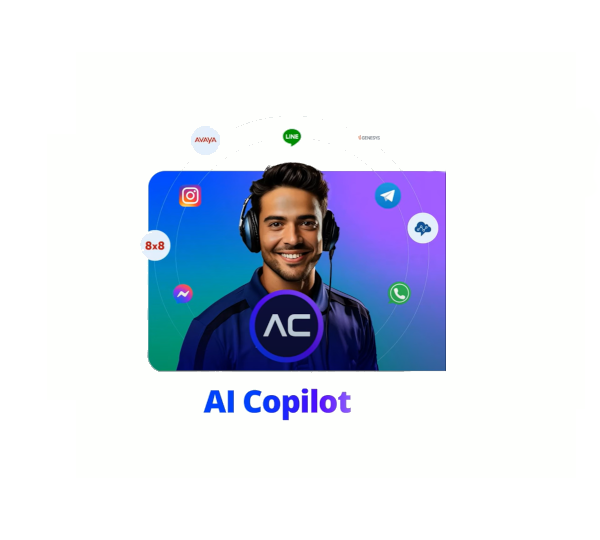
.png?width=600&height=600&name=Knowledge%20AI%20Feature%20image%20(2).png)







